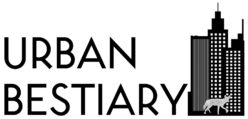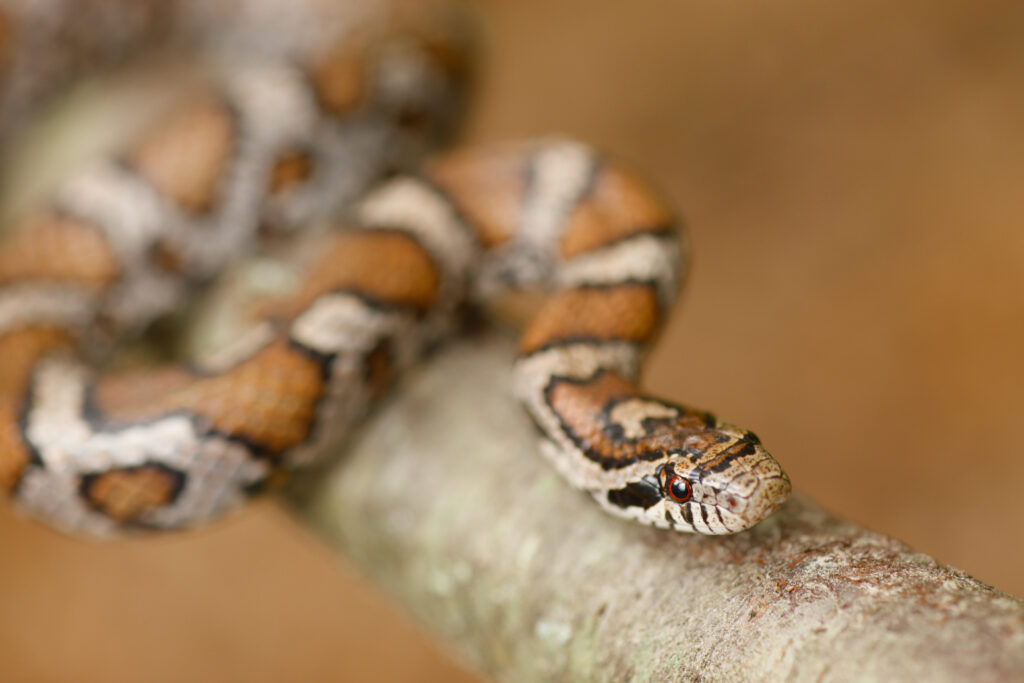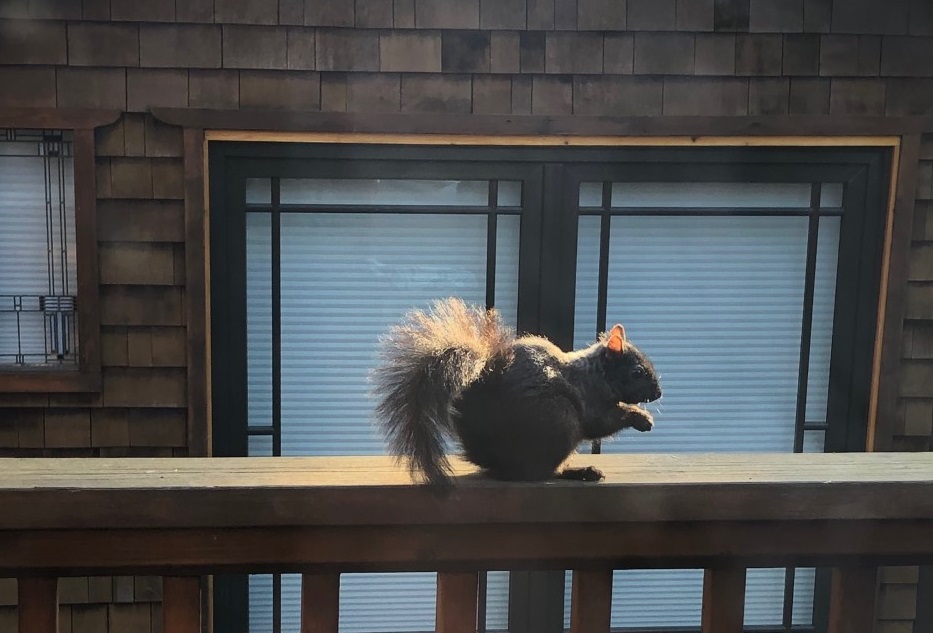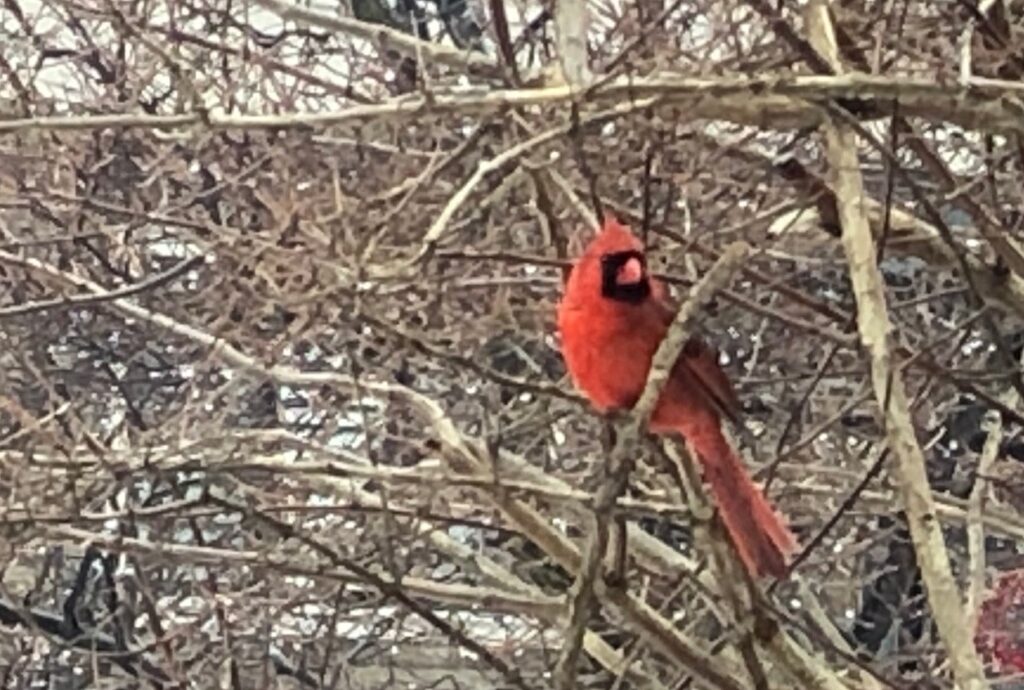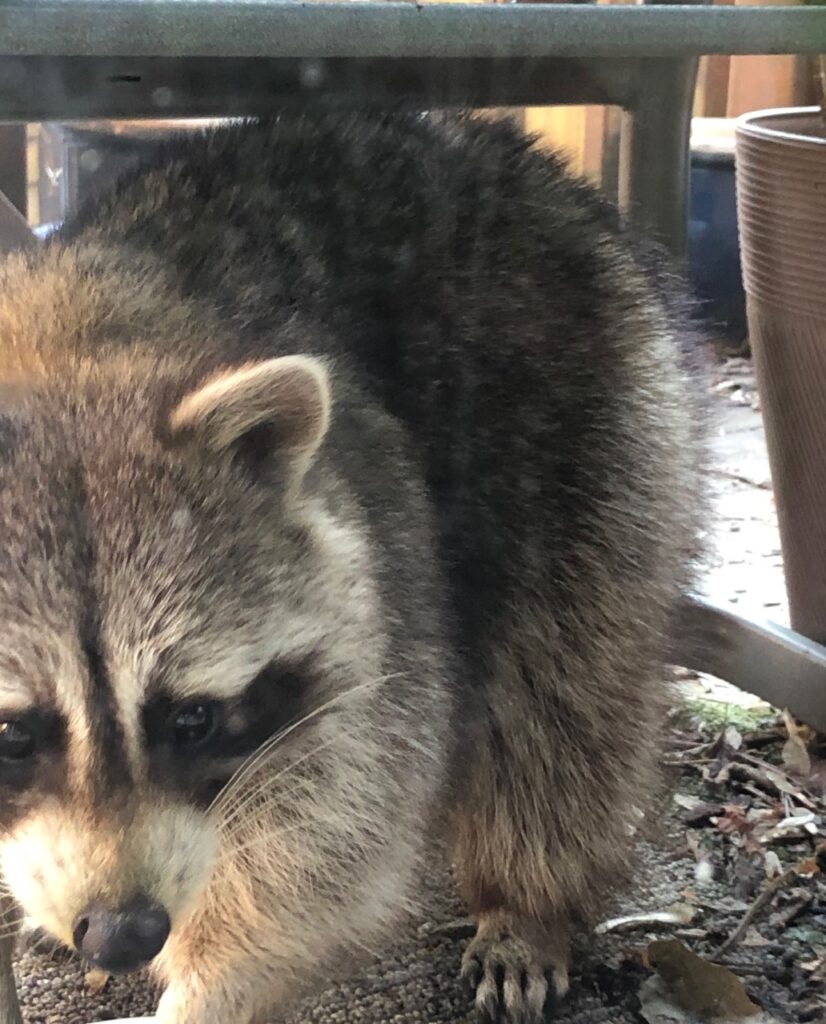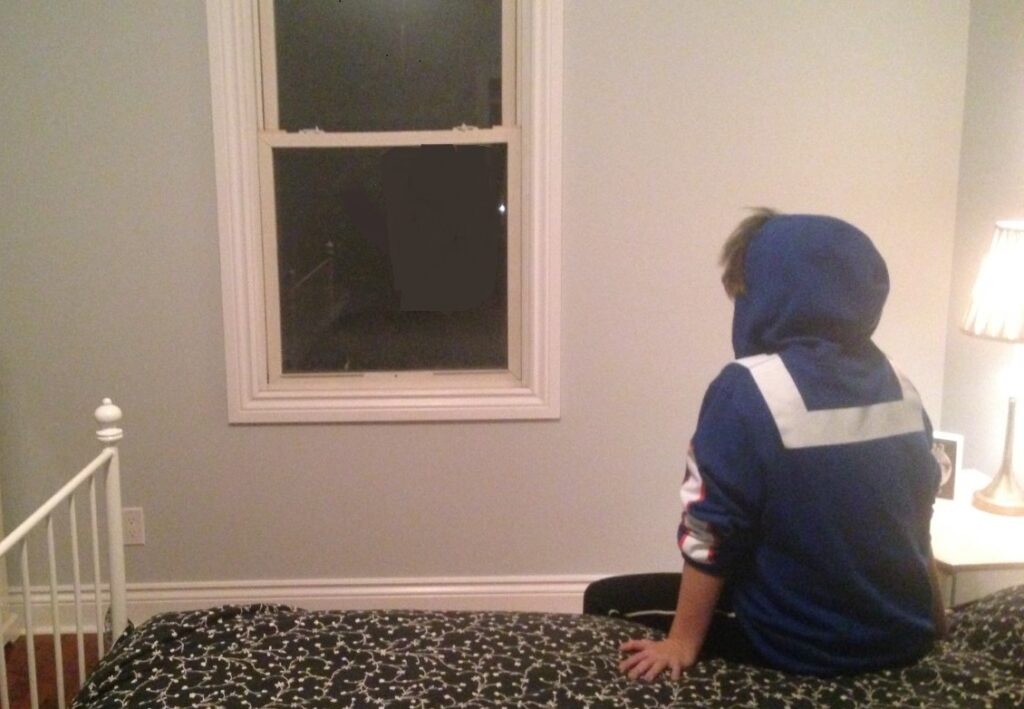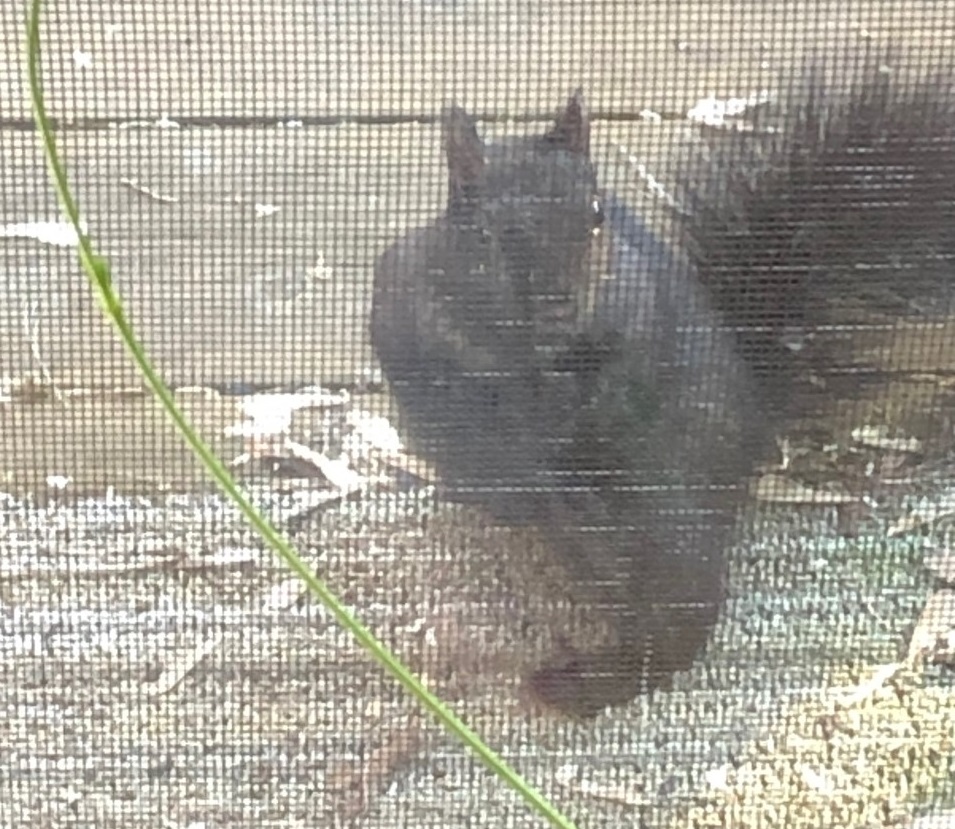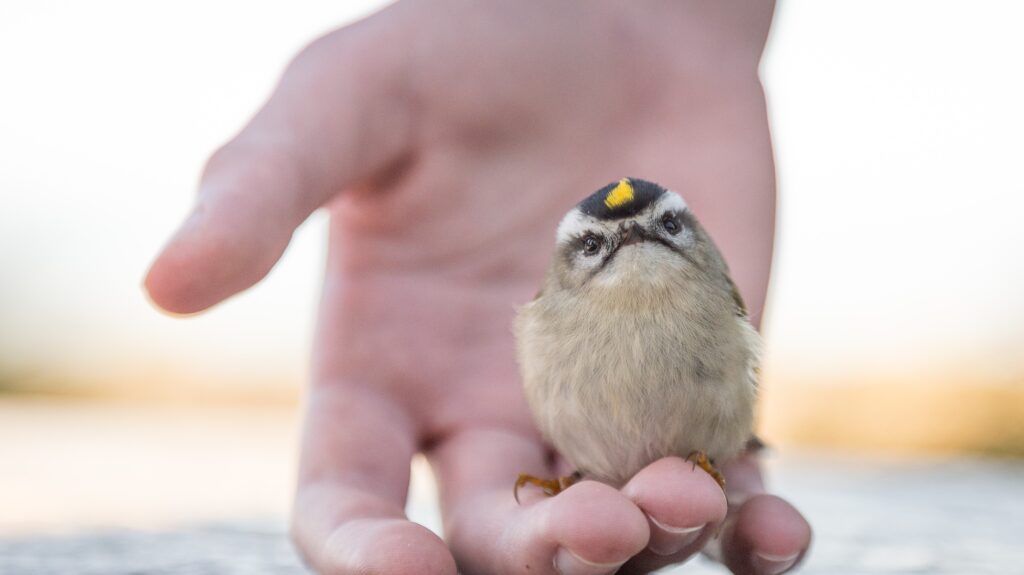
It is Easter Sunday, and my one-year anniversary at the wildlife centre. It’s become an important part of my life and a highlight of my week. But it is such a strange time there now, due to Covid 19, with much fewer animals in care than normal, as they are being fostered, cared for elsewhere, or released if safe to do so.
I was sad and disappointed to see that little Leontes is gone. I am glad to know that he is in good care, but I am truly saddened that I will not likely see him ever again. He will probably be released rather than returning to the centre. The snakes are gone into foster care, too. But I am happy to see Hashbrown and be able to care for the remaining bats, opossums, a very clean coyote, raccoons including a very funny little girl who should be more afraid of humans, a too-sweet skunk, a very calm gull, and other animal patients.
More small songbirds are coming in now, too: a robin, blue jay, yellow-bellied sapsuckers, juncos, sparrows, as well as a starling, and the mourning doves and pigeons as always.
Recently I’ve been able to hold a very laid-back gull, a gorgeous yellow-bellied sapsucker who is sadly in really rough shape (a small woodpecker with a beautiful bright red head, who looooves eating her orange slices despite a fractured beak and other injuries), and a tiny dark-eyed junco (a beautiful little fluffy rich slate-grey songbird), with no problem at all, for medication and treatments.
A little kinglet outsmarted me, though! Super tiny little fluffball of a bird with gorgeous yellow and orange head cap.
This one was my first in months – I had not handled songbirds since last autumn. And she escaped!
Two tiny kinglets had just arrived at the centre earlier on Sunday, and it was time for them to get oral medications, tiny droplets at a time. I was with staff member H, and when ready, I reached in under the fabric cover, into the terrarium to gently capture the first one. Which is very difficult when there are two in an enclosure, that is not big but big enough for them to fly from one end to the other, and to hide under their branches.
I should have taken out the branches. Didn’t think of that at the time. I did grasp one little kinglet, but I was being far too gentle, and it got out of my hand. It was still in the enclosure.
I then tried using the fabric cover as a scoop to push the birds into one area of the enclosure where I can then more easily grasp it. This works very well when there is one bird in the enclosure but is tricky when there are two or more together.
So I used the fabric, and had both kinglets in the far end of the terrarium. As I reached in to bring one out, it escaped and started flying around the room!
“Ruby-crowned Kinglets are fast-moving but quiet little birds…” says AllAboutBirds.com and that’s very true. Especially the part about fast.
We immediately turned off the lights, but of course escaped birds always go as high as possible toward the ceiling and fly back and forth from one end of the room to the other. Staff member H and I grabbed our nets and tried to carefully capture it. (In the meantime, the other kinglet was still under the fabric, in the enclosure.)
Staff member H netted it expertly after a few minutes. Tired little bird. I reached in, too-gently trying to grasp it, and it escaped again!
H netted it again and I covered her net with mine. I reached in and gently, firmly, grasped it in my hand, removed it from the net, and turned it around in my hand, so its head was between my index and middle fingers with my hand loosely fisted around the tiny bird. It is SO tiny and SO fragile! Among the smallest of the songbirds who come in for care, at about 3 inches tall and weighing about ¼ of an ounce… much smaller than a warbler or a chickadee.
But once securely in my hand I held it no problem, and H gave it 3 different oral medications, before I put it back with the other kinglet in the terrarium. Certainly not final sign-off worthy work, but I feel blessed to have had the experience and practice handling tiny songbirds again.
